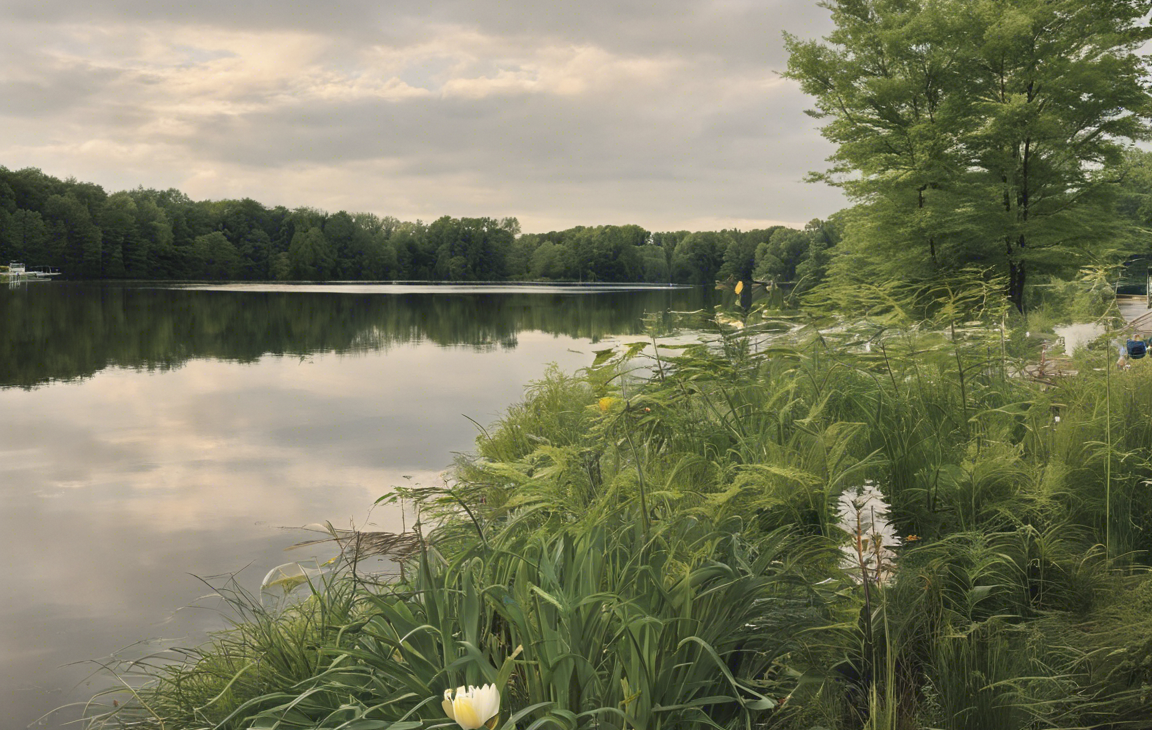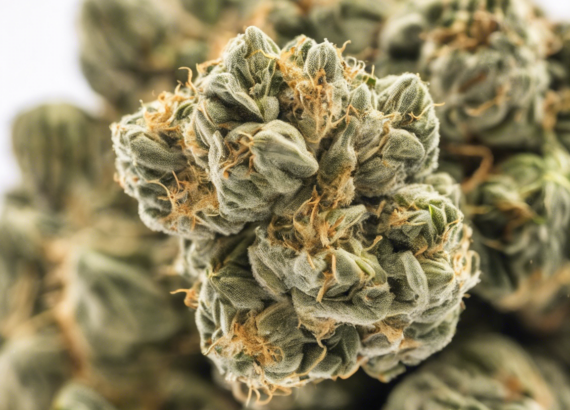Introduction
Nestled in the heart of nature’s beauty lies the Whitmore Lake Eco Park, a sanctuary for unique and diverse plant species. This ecological gem offers a glimpse into the wonders of nature, showcasing a wide array of vegetation that thrives in its lush surroundings. Join us on a journey through the enchanting world of the Whitmore Lake Eco Park as we uncover the unique plants that call this picturesque location home.
The Biodiversity of Whitmore Lake Eco Park
One of the defining features of the Whitmore Lake Eco Park is its rich biodiversity, which is evident in the plethora of plant species that adorn its landscape. From towering trees to delicate wildflowers, the park is a haven for plant enthusiasts and nature lovers alike.
Towering Trees of Whitmore Lake Eco Park
The park is famous for its majestic oak trees, some of which have stood tall for centuries, providing shade and habitat for countless creatures. These ancient giants are a symbol of strength and resilience, their sprawling branches reaching towards the sky.
Delicate Wildflowers Abound
Among the oak trees, a tapestry of wildflowers paints the ground with bursts of color. From the cheerful yellow blooms of the black-eyed susan to the delicate petals of the trillium, the park is a vibrant canvas of floral beauty.
Fascinating Ferns and Mosses
In the shady nooks and crannies of the park, ferns and mosses thrive, adding a touch of greenery to every corner. The feathery fronds of the lady fern and the soft carpets of sphagnum moss create a serene atmosphere that is perfect for relaxation and contemplation.
Rare and Endangered Species
The Whitmore Lake Eco Park is not just a showcase of common plant species; it is also a refuge for rare and endangered plants that are carefully protected and preserved. Species such as the pitcher’s thistle and the lake huron tansy find a safe haven within the park’s boundaries, shielded from the threats of habitat destruction and climate change.
Conservation Efforts at Whitmore Lake Eco Park
The preservation of plant species is a top priority at the Whitmore Lake Eco Park, where dedicated conservation efforts are underway to safeguard the diverse flora that calls this place home. Through habitat restoration, invasive species management, and public education, the park is working to ensure that its unique plants continue to thrive for generations to come.
Exploring the Plant Life of Whitmore Lake Eco Park
Visitors to the Whitmore Lake Eco Park are in for a treat as they wander through its winding trails and meandering pathways, discovering a treasure trove of plant life at every turn. Whether you’re a seasoned botanist or a casual nature enthusiast, there is something for everyone to enjoy at this botanical paradise.
Key Attractions for Plant Enthusiasts
For those with a keen interest in plants, there are several key attractions within the Whitmore Lake Eco Park that are not to be missed. From rare specimens to educational exhibits, these highlights offer a closer look at the fascinating world of plant life.
Educational Interpretive Trails
One of the best ways to learn about the plant life at the Whitmore Lake Eco Park is to explore its educational interpretive trails. These well-marked paths feature informative signs and displays that provide insight into the various plant species found within the park, making it a fun and educational experience for visitors of all ages.
Botanical Gardens and Greenhouses
For a more in-depth look at the plant life of the park, visitors can explore its botanical gardens and greenhouses, where a curated collection of native and exotic plants are on display. These carefully curated spaces offer a glimpse into the diversity of plant life on Earth and highlight the importance of conservation efforts.
Guided Tours and Workshops
For those who prefer a guided experience, the Whitmore Lake Eco Park offers guided tours and workshops led by knowledgeable staff members and volunteers. These interactive sessions provide a deeper understanding of the park’s plant species, conservation efforts, and ecological importance, making them a must-attend for budding botanists.
Plant Identification Apps and Resources
To further enhance the plant exploration experience, visitors can utilize plant identification apps and resources to learn more about the species they encounter at the Whitmore Lake Eco Park. These handy tools can help identify plants, learn about their characteristics, and discover interesting facts about their ecological significance.
Frequently Asked Questions (FAQs)
1. What are some of the most common plant species found at Whitmore Lake Eco Park?
Some of the most common plant species found at Whitmore Lake Eco Park include oak trees, black-eyed susans, trilliums, lady ferns, and sphagnum moss.
2. Are there any rare or endangered plant species at Whitmore Lake Eco Park?
Yes, Whitmore Lake Eco Park is home to rare and endangered plant species such as the pitcher’s thistle and the lake huron tansy, which are carefully protected and preserved.
3. What conservation efforts are in place to protect the plant life at Whitmore Lake Eco Park?
Conservation efforts at Whitmore Lake Eco Park include habitat restoration, invasive species management, and public education initiatives to safeguard the diverse plant species within the park.
4. Are there guided tours available for visitors who are interested in learning more about the plant life at Whitmore Lake Eco Park?
Yes, the park offers guided tours and workshops led by knowledgeable staff members and volunteers, providing visitors with a deeper understanding of the park’s plant species and conservation efforts.
5. Can visitors use plant identification apps and resources to learn more about the plant species at Whitmore Lake Eco Park?
Yes, visitors can utilize plant identification apps and resources to help identify plants, learn about their characteristics, and discover interesting facts about the plant species found within the park.
6. What is the best time of year to visit Whitmore Lake Eco Park to see the plant life in full bloom?
The best time to visit Whitmore Lake Eco Park to see the plant life in full bloom is typically in the spring and summer months when many plant species are in flower and the park is teeming with life.
7. Are there any restrictions on collecting or damaging plant species at Whitmore Lake Eco Park?
Yes, visitors are encouraged to respect the environment and wildlife at Whitmore Lake Eco Park by not collecting or damaging plant species, as this can have detrimental effects on the delicate ecosystem within the park.
8. How can visitors contribute to the conservation efforts at Whitmore Lake Eco Park?
Visitors can contribute to the conservation efforts at Whitmore Lake Eco Park by following park rules and regulations, participating in volunteer programs, and spreading awareness about the importance of preserving natural habitats and plant species.
9. Are there any special events or programs focused on plant conservation and education at Whitmore Lake Eco Park?
Yes, the park organizes special events, workshops, and programs focused on plant conservation and education throughout the year, providing opportunities for visitors to learn more about the plant life at the park and how they can get involved in conservation efforts.
10. What makes the plant life at Whitmore Lake Eco Park unique compared to other parks in the region?
The plant life at Whitmore Lake Eco Park is unique due to its diverse range of species, including rare and endangered plants, as well as the park’s dedication to conservation efforts and environmental education, making it a standout destination for plant enthusiasts and nature lovers.







